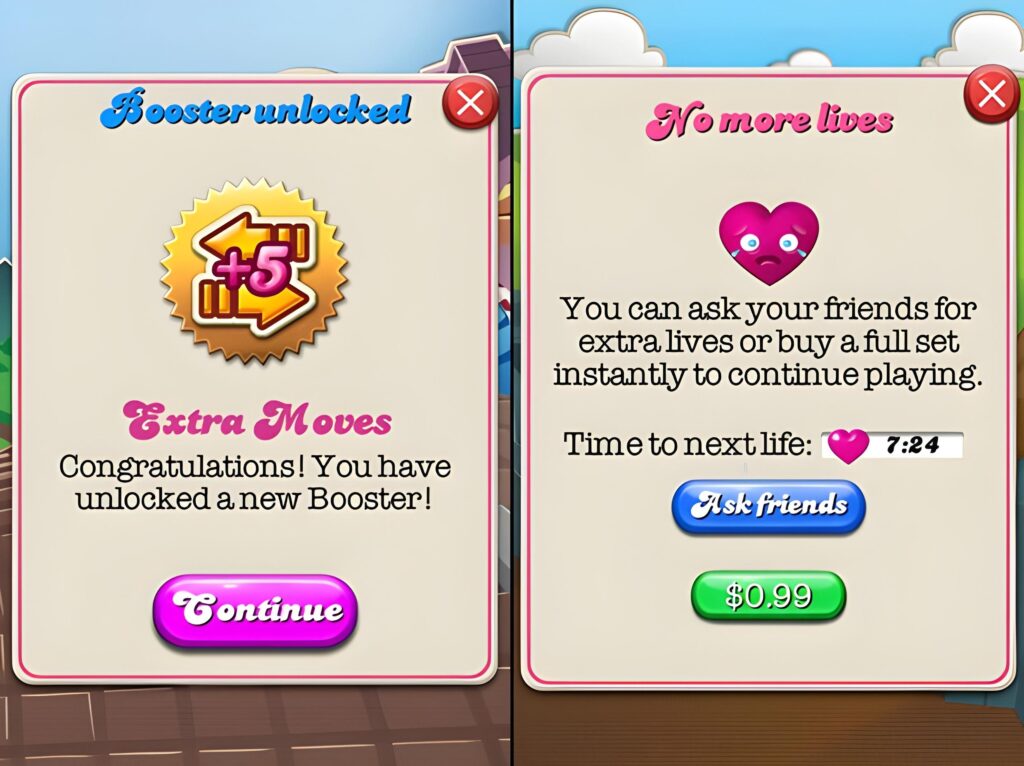Takeaway
In the rapidly evolving landscape of mobile gaming, developers must adopt innovative strategies to engage on-the-go gamers effectively. By leveraging data analytics, optimizing user experience, and implementing community-driven features, developers can enhance player retention and satisfaction, ultimately driving revenue growth.
The mobile gaming industry has witnessed exponential growth over the past decade, with revenues projected to reach $173.7 billion by 2021, according to Newzoo’s Global Games Market Report (Newzoo, 2021). This surge in popularity has led to an increasingly competitive environment, compelling developers to devise sophisticated strategies to capture and retain the attention of on-the-go gamers. This article delves into the multifaceted approaches that mobile game developers can employ to engage their audience effectively.
Understanding the On-the-Go Gamer
To create compelling mobile games, developers must first understand the unique characteristics of on-the-go gamers. Research indicates that mobile gamers are typically younger, with 60% of players aged between 18 and 34 (Statista, 2021). This demographic is characterized by a preference for quick, accessible gameplay that fits seamlessly into their busy lifestyles. As such, mobile games must be designed with short play sessions in mind, allowing players to engage in meaningful gameplay during commutes, breaks, or downtime.
Data-Driven Game Design
One of the most effective strategies for engaging mobile gamers is leveraging data analytics to inform game design and development. By analyzing player behavior, developers can identify trends, preferences, and pain points that can be addressed to enhance the gaming experience. For instance, tools like Unity Analytics and GameAnalytics provide developers with insights into player engagement metrics, retention rates, and in-game purchases.
For example, the mobile game “Clash of Clans” utilizes data analytics to optimize its gameplay mechanics continually. Supercell, the game’s developer, employs A/B testing to evaluate different game features and balance updates, ensuring that they cater to player preferences while maintaining a competitive environment. This data-driven approach has contributed to the game’s longevity and sustained player engagement.
User Experience Optimization
In the mobile gaming sector, user experience (UX) is paramount. A seamless and intuitive interface can significantly impact player retention rates. Research from the Nielsen Norman Group indicates that users form an opinion about a website or application within 50 milliseconds (Nielsen Norman Group, 2020). This principle applies equally to mobile games, where first impressions can dictate whether a player continues to engage or abandons the game altogether.
To optimize UX, developers should focus on the following key areas:
- Intuitive Controls: Mobile games should feature simple and responsive controls that allow players to navigate effortlessly. For instance, “Angry Birds” employs a straightforward slingshot mechanic that is easy to grasp, making it accessible to a broad audience.

- Visual Appeal: High-quality graphics and engaging animations can enhance the overall gaming experience. Games like “PUBG Mobile” leverage advanced graphics engines to create immersive environments that captivate players.
- Loading Times: Minimizing loading times is crucial for retaining players. Research shows that 53% of mobile users abandon apps that take longer than three seconds to load (Google, 2018). Developers should optimize assets and implement efficient loading screens to keep players engaged.
Community Engagement and Social Features
Building a strong community around a mobile game can significantly enhance player engagement. Social features, such as leaderboards, multiplayer modes, and in-game chat, foster a sense of belonging and competition among players. According to a study by the Entertainment Software Association, 70% of gamers believe that playing with friends enhances their gaming experience (ESA, 2021).
For instance, “Fortnite” has successfully integrated social features that allow players to connect with friends, participate in events, and share their achievements. The game’s frequent updates and community-driven content keep players invested and encourage them to return regularly. Additionally, developers can leverage social media platforms to promote their games and engage with their audience, creating a feedback loop that informs future updates and features.
Monetization Strategies
Effective monetization strategies are essential for sustaining a mobile game’s development and growth. The most common monetization models include in-app purchases (IAP), advertisements, and subscription services. According to Statista, in-app purchases accounted for 79% of mobile game revenue in 2020 (Statista, 2020).
Developers should consider the following strategies when implementing monetization:
- Freemium Model: Offering a free version of the game with optional in-app purchases can attract a larger audience. Games like “Candy Crush Saga” utilize this model effectively, providing players with the option to purchase power-ups and additional lives.

- Rewarded Ads: Incorporating rewarded video ads allows players to earn in-game currency or bonuses in exchange for watching advertisements. This approach can enhance player engagement while generating revenue for developers.
- Season Passes: Implementing a seasonal content model encourages players to invest in a subscription or one-time purchase to access exclusive content and rewards. “Call of Duty: Mobile” employs this strategy, offering players unique skins and challenges through its seasonal pass.
Continuous Updates and Content Expansion
To maintain player interest and engagement, developers must commit to continuous updates and content expansion. Regularly introducing new features, levels, and events keeps the gameplay fresh and encourages players to return. A study by Quantic Foundry found that 60% of gamers prefer games that receive regular updates (Quantic Foundry, 2021).
For example, “Genshin Impact” has gained immense popularity due to its consistent updates that introduce new characters, storylines, and events. The developer, miHoYo, actively engages with the community to gather feedback and implement changes that resonate with players. This commitment to continuous improvement has resulted in a loyal player base and sustained revenue growth.
Conclusion
In conclusion, engaging on-the-go gamers requires a multifaceted approach that combines data-driven design, user experience optimization, community engagement, effective monetization strategies, and continuous content updates. By understanding the unique characteristics of mobile gamers and implementing these strategies, developers can create compelling experiences that not only attract players but also foster long-term loyalty. As the mobile gaming landscape continues to evolve, staying attuned to player preferences and industry trends will be crucial for success.
Key takeaways include the importance of leveraging data analytics for informed decision-making, optimizing user experience to enhance player retention, fostering community engagement through social features, implementing effective monetization strategies, and committing to continuous updates to keep the gameplay fresh. By adopting these strategies, mobile game developers can thrive in an increasingly competitive market.



